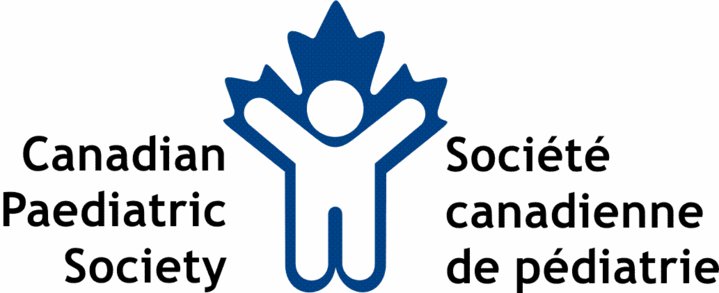OTTAWA – Understanding the social factors that contribute to high rates of tuberculosis in some Indigenous communities is just as important as knowing about medical management. That’s the message in a commentary released today by the Canadian Paediatric Society.
The commentary highlights that poor living conditions, health inequities, historical traumas, and stigma perpetuate the high rates of TB in some Indigenous communities, and offers guidance to clinicians on offering culturally safe care.
“We want health professionals to know that reducing stigma and discrimination around TB will ultimately help to improve both TB treatment and prevention,” said Dr. Radha Jetty, chair of the CPS First Nations, Inuit and Métis Health Committee, who wrote the document in collaboration with the Assembly of First Nations, Inuit Tapiriit Kanatami, and the Métis National Council.
Tuberculosis is a communicable disease that typically spreads by inhaling airborne droplets. Once inhaled, TB bacteria typically become dormant when a person has a mature and healthy immune system. The disease disproportionately affects Indigenous populations, with rates in some Inuit communities at more than 280 times that of Canadian-born, non-Indigenous people.
“It is vital that everyone from policy-makers to frontline workers understand the conditions contributing to the exceedingly high rates of tuberculosis in Inuit communities,” said Natan Obed, President of Inuit Tapiriit Kanatami.
“Recognizing that TB is directly linked to poverty, insufficient access to health care and overcrowded housing conditions is crucial as we continue to work together to eliminate this disease.”
Children are especially vulnerable, as they are more likely to develop active TB when they are infected with the bacteria and to experience life-threatening conditions such as TB meningitis.
Health care providers working with or in Indigenous communities are advised to:
- Familiarize themselves with the communities they serve.
- Incorporate Indigenous healing practices into care plans for families.
- Understand how historical traumas might affect the relationship between themselves and the people they serve.
- Co-develop family-centred TB care plans with patients.
“Health care access is an especially big problem for Métis people because many of our people cannot afford to travel long distances from their remote communities to see specialists and receive health care treatment for TB in urban centres,” said Métis Nation Minister of Health, Clara Morin Dal Col.
“I am however optimistic for the future given the recent commitment by the federal Liberal party to provide access to high quality, culturally relevant health care and mental health services for Canada’s Indigenous people.”
The paper also encourages health professionals to work to improve social determinants of health for Indigenous people in Canada.
“The fact that First Nations people have significantly higher rates of TB than other people living in Canada is shocking,” said AFN National Chief Perry Bellegarde. “How is it possible that people from First Nations live in third class conditions in a first world country?
“We must improve health and wellness for all First Nations and these efforts must include First Nations traditional health and healing practices, consistent with First Nations rights and the UN Declaration on the Rights of Indigenous Peoples.
“First Nations peoples must have access to health care enjoyed by everyone else in this country. We deserve nothing less.”
According to the 2018 Canada Communicable Disease Report, incidence rates of TB in 2016 were:
- 0.6 per 100,000 among Canadian-born, non-Indigenous people
- 2.1 per 100,000 among Métis people
- 23.8 per 100,000 among First Nations people
- 170.1 per 100,000 among Inuit



Be the first to comment on "Tuberculosis among Indigenous children and youth: Providing culturally safe care"